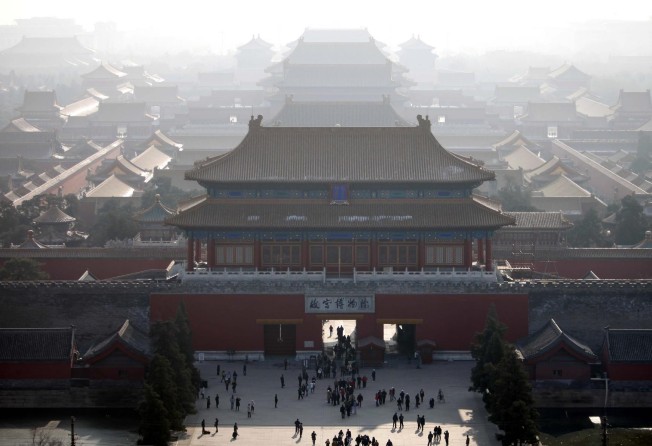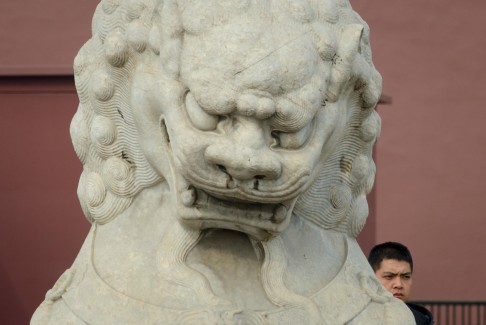
Forbidden City spends 440m yuan to step up security and conservation
Former imperial palace spends cash on anti-theft technology and monitoring equipment

The Forbidden City, the former imperial palace in the centre of Beijing, is spending 440 million yuan (HK$552 million) to increase security, improve conservation and help build another museum in the suburbs, a mainland newspaper reported.

Seven pieces of artwork worth millions of dollars were stolen from the palace in May 2011, triggering doubts over its security and management.
A man from Shandong province later confessed to the thefts, saying he hid in the museum after it closed and broke into an exhibition hall.
The cash will also help maintain equipment that is being used to monitor termites that pose a threat to the palace's wooden beams.
The museum monitoring centre also collects data on humidity and temperature to help protect artefacts in the building.
The projects at the Forbidden City, also known as the Palace Museum, were approved by the State Council, the mainland's cabinet, said the building's head Shan Jixiang.
The museum, where about 1.8 million cultural and historical relics are kept, is also buying earthquake-proof cabinets as an extra security measure. An underground storage area, which now is capable of holding 900,000 items, is to be expanded so it can store 1.2 million items, Shan said.
Construction has yet to start, but the National Development and Reform Commission, the mainland's top economic planner, has already approved the plan in principle, Shan told the newspaper.
A satellite museum covering about 125,000 square metres is under construction in the capital's Haidian district.
It will allow big artefacts such as furniture, carpets and large paintings to be displayed, which previously could not be exhibited in the palace because of a lack of space.
Construction of the Forbidden City started at the beginning of the 15th century in the Ming dynasty.
It was the seat of imperial power until the fall of the Qing dynasty and the abdication of the last emperor, Puyi, in 1912.
It is listed by Unesco as a World Heritage Site and is one of the biggest tourist attractions in the capital.
